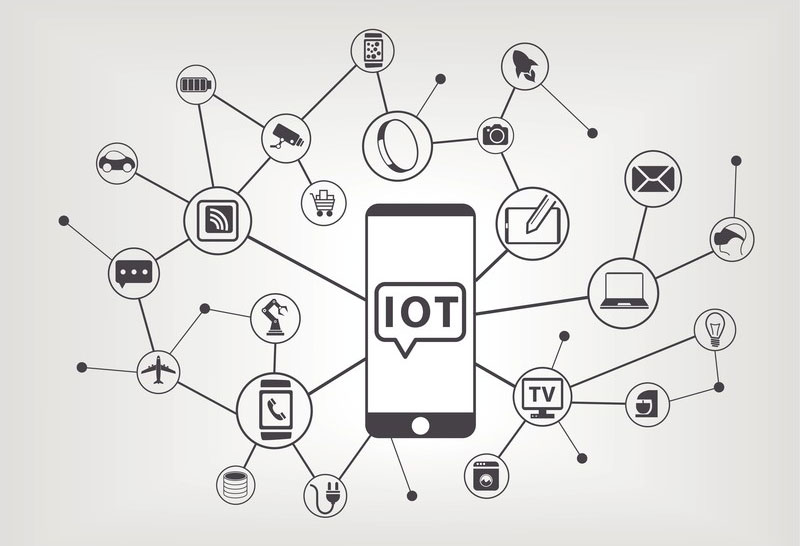A data entry company must remain abreast with the latest technological advancements to ensure intelligent solutions in keeping with new forms of data entry. So, what is happening in the field of data entry? Smart technologies such as smartphones, smart home technologies, various advanced industrial equipment, and machines are generating a steady, increasing flow of data. New technologies are changing the way data is collected and entered into various systems. The immense variety of data available presents considerable challenge for data entry and data architecture. Data entry that is the main foundation for any data and analytics infrastructure must necessarily develop to support the evolution of smart technologies and increased data inflow. With the emergence of the new edge computing environment that is suitable for capturing, storing and analyzing huge amounts of data, changes have come in the computing infrastructure that range from GPUs to Flash storage and IoT networks. The world is now dominated by IoT networks, and researches show that by 2025, 1 trillion networked devices will be connected worldwide.
IoT means connecting any device to the Internet and to other devices that enables easy exchange of data. IoT is a giant network of connected things and people– all of which collect and share data about the way they use information and about the environment around them. IoT application in business is expected to grow along with the increasing number of connected devices. According to Gartner, 8.4 billion connected things were in use globally in 2017 and it will grow to 20.4 billion by 2020. IoT devices are creating huge amounts of data, which requires a strategic approach to data entry to establish trusted, quality, reliable data throughout all operations and processes.
Data Entry and IoT
IoT technology is growing drastically with everyday and it helps organizations to monitor data in real time, whether it is reading data produced from consumers who are purchasing products via mobile channels like tablets or smartphones or data generation like censored industrial machines or medical equipment. Business’s IT infrastructures are also being impacted by IoT and must drive solutions that helps the exponential growth of both connected devices and data storage within the company. The quality of data is a major concern because it plays an important role in making sound and strategic decisions. Collecting data accurately from more than 20 billion connected devices presents a massive challenge. This data must be cleansed, processed, stored and analyzed properly so that it is ready to use.
The Internet of Things helps data processing to achieve better data quality right from the beginning itself. To manage the tide of IoT driven data, manual data entry practices must be enhanced with advanced technologies. IoT data should be clean and structured and also address data challenges that arise from information that is shared across different formats and devices that aren’t easily integrated.
Using new IoT technologies and processes with existing data entry practices would help businesses utilize IoT data to its fullest. It will also help ensure that it is ready for interpretation and applications across all departments. What are these new technologies?
- Edge Analytics: Data entry is performed at the sensor point, which prevents potential latency concerns related to transmitting data to business organizations and saves cost regarding reducing the amount of data that need to be transferred across various networks or stored in data pools.
- Agile Stack: IoT data resides across various multiple relational and non-relational systems, and therefore more effective data preparation and enrichment, flexible storage and governance are required. An agile stack that begins with data entry could help create a good data strategy.
- M2M: Machine to Machine (M2M) interactions can enhance data entry productivity and efficiency by providing point-to-point communications between devices via wired networks. Adding M2M capabilities to traditional data entry helps minimize mistakes and enhance the effectiveness of IoT-based data entry processes.
Integrate Data Entry Processes with Intelligent Technologies
Data entry processes are being improved by various intelligent technologies such as IoT, cloud computing, machine learning and artificial intelligence.
- Data entry processes are faster, and huge quantities of data from invoices, forms, and other hard copy documents, digital files and more can be easily and efficiently managed.
- Automated data entry ensures better quality data and minimizes human error.
- Agile systems provide the ability to scale traditional data entry processes, utilize advanced data entry techniques, and grow with operating models.
- Specialized data entry processes help businesses meet their specific business objectives.
- Data entry services are improved by the connectivity ensured by automated, intelligent solutions like Cloud, for example it facilitates more customer centric data entry. It also helps to manage remote data entry more effectively and receive client data without worrying about limited network availability.
- Intelligent technologies like artificial intelligence and machine learning change the way businesses deal with data entry. Data entry systems and operations are streamlined, simplified and designed to be more user-friendly.
With IoT advancing further, data entry outsourcing to a reliable data entry company becomes more significant. This will help distribute useful data across various departments and utilize new data strategies optimally.




